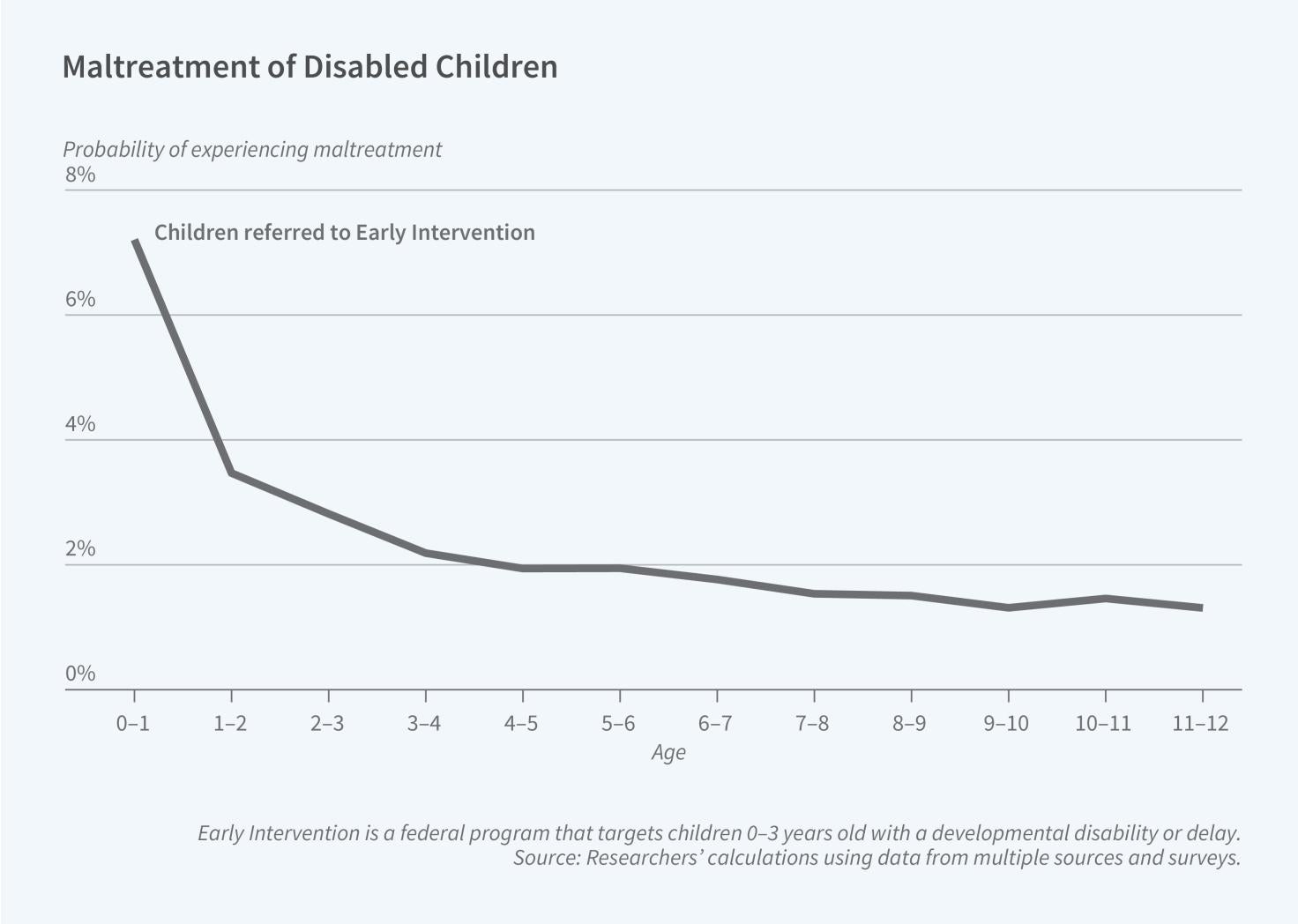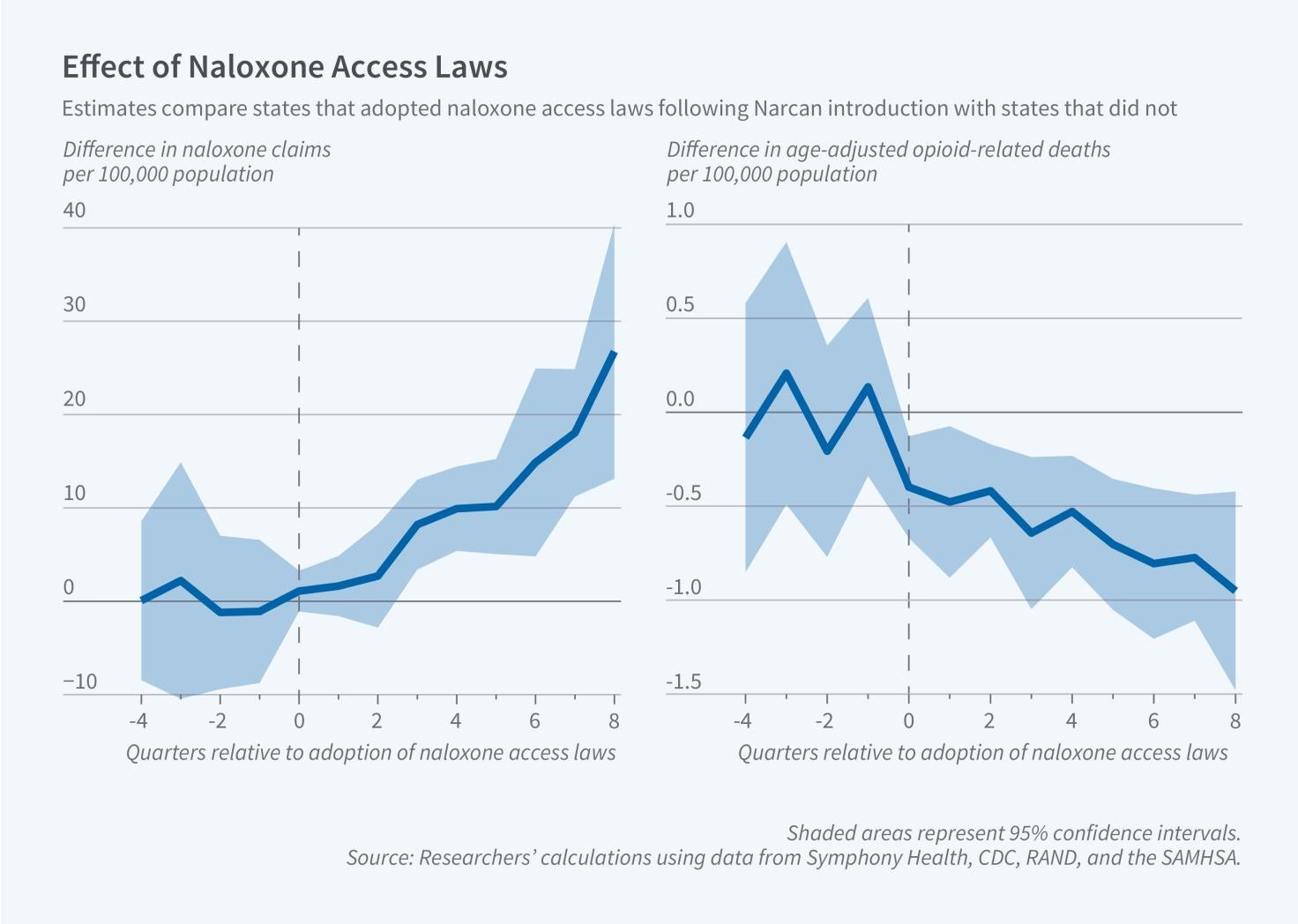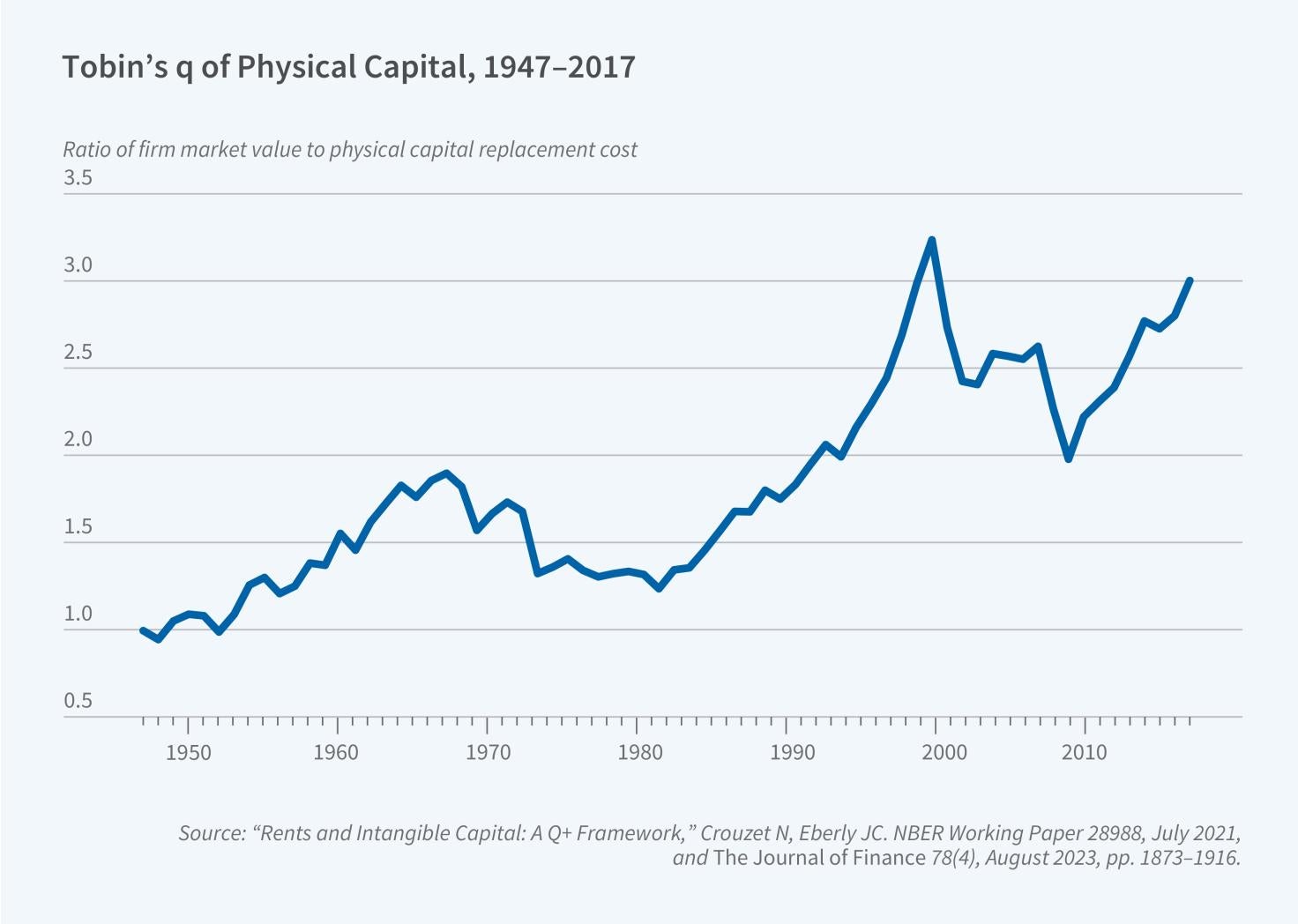National Bureau of Economic Research
Latest from the NBER
A research summary from the monthly NBER Digest

Vulnerable Children and the Federal Early Intervention Program
article
Children with disabilities are three and a half times more likely to suffer from maltreatment. The federal Early Intervention (EI) program, which serves 3.7 percent of children under three, supports families in meeting the developmental needs of children who have, or are at risk for, developmental delays or disabilities. In Can Early Intervention Reduce Future Child Maltreatment? (NBER Working Paper 33341), Anna Aizer and Emilia Brito Rebolledo examine whether EI participation reduces the risk of future maltreatment. EI differs from traditional prevention programs in that the stated purpose is not necessarily to reduce…

American Economic Association Names New Distinguished Fellows
news article
The American Economic Association (AEA) has named four new Distinguished Fellows, three of whom, Susan M. Collins, Barbara M. Fraumeni, and Joseph P. Newhouse are current or past NBER researchers.
Collins, the President and CEO of the Federal Reserve Bank of Boston, is an expert on macroeconomics and international finance. Prior to taking up her role with the Federal Reserve, she was a research associate in the International Finance and Macroeconomics program as well as a member of the NBER Board of Directors.
Barbara Fraumeni of the University of Southern…

Stefanie Stantcheva Wins John Bates Clark Medal
news article
Stefanie Stantcheva of Harvard University, a research associate in the Public Economics, Political Economy, and Economic Fluctuations and Growth programs, has won the 2025 John Bates Clark Medal, awarded annually by the American Economic Association to an American economist under the age of 40 who has made a significant contribution to economic thought and knowledge.
Stantcheva has made wide-ranging contributions in public finance, studying the effects of taxation on innovation, immigration, and investments in education. She has also developed novel survey and experimental methods to quantify perceptions of economic policy and the factors that determine them.
The prize citation notes that her “masterful application of innovative tools ... has revisited classic questions in public finance and produced new insights into optimal tax policy and the general effects of taxes on economic behavior.”
From the NBER Bulletin on Health

Policy Changes and Pharmaceutical Innovation Combine to Increase Naloxone Access
article
Naloxone, which reverses the effects of an opioid overdose, is a critical tool for responding to the opioid crisis. However, prior to the 2010s, two barriers hindered its widespread distribution and use in the United States. One was legal access: Naloxone required a prescription from a healthcare provider. Another was that naloxone was administered by injection and therefore required training for proper use.
In 2010, Illinois became the first state to adopt a dispensing naloxone access law (NAL) that permitted individuals to obtain naloxone directly from pharmacists, eliminating the need for an individual prescription. By 2015, another 35 states had implemented dispensing NALs. These policy initiatives were complemented by the introduction of Narcan, the first FDA-approved naloxone nasal spray, in 2016. This new…
From the NBER Reporter: Research, program, and conference summaries

Program Report: Corporate Finance
article
The NBER Corporate Finance Program has been a leading research forum in the field since it was established in 1991. Corporate finance questions intersect with many areas of finance and economics, including macrofinance, asset pricing, financial intermediation, and organizational economics. This breadth of topics is reflected in the work presented at the Corporate Finance program meetings. The importance of the field has been widely recognized in academia and is evidenced by the 2022 Nobel Memorial Prize in Economic Sciences for Ben Bernanke, Douglas Diamond, and Philip Dybvig’s work on banking and intermediation. In this report, we cannot do justice to the entire field, but we must select a few topics that have been addressed in a number of recent NBER Working Papers or in presentations at...
From the NBER Bulletin on Entrepreneurship

Immigrant Entrepreneurship in the US
article
Immigrants to the US are more entrepreneurial than the native population and overrepresented among high-growth startups and venture-backed tech firms. In Immigrant Entrepreneurship: New Estimates and a Research Agenda (NBER Working Paper 32400), Saheel Chodavadia, Sari Pekkala Kerr, William Kerr, and Louis Maiden use business surveys and administrative employment records to provide new evidence on the prevalence and predictors of immigrant...
Featured Working Papers
In 2019, Louisiana’s Hepatitis C Elimination Plan implemented a “subscription model” for hepatitis C medications that capped state spending while providing unlimited access to treatment. The plan increased prescriptions by a factor of 2.5, while reducing hepatitis C-related mortality by about 12 percent, according to James M. Flynn, Bethany I. Lemont, and Barton Willage.
METCO, a voluntary desegregation program in Massachusetts, transported K-12 students of color from Boston and Springfield to suburban districts. Elizabeth Setren finds it did not reduce suburban students’ test scores, attendance, suspension rates, or college outcomes.
Josh Lerner, Markus Lithell, and Gordon M. Phillips find that impact investors fund businesses in economically disadvantaged areas more frequently (31 percent) than traditional venture capital firms (18 percent). While impact investor businesses distribute wage increases more equitably to minority and rank-and-file workers, their employment growth lags behind that of venture capital-funded firms.
Institutional investors with asset allocation targets engage in periodic portfolio rebalancing. This rebalancing is somewhat predictable, and it is large enough to affect returns, thereby opening the possibility of profitable trading strategies, according to Campbell R. Harvey, Michele G. Mazzoleni, and Alessandro Melone.
Justin Marion and Benjamin Rosa find that in highway procurement auctions, small contractors, infrequent bidders, and Disadvantaged Business Enterprises tend to overprice the early work, and underprice the later work, in contracts, thereby front-loading the sequence of payments they will receive if they are the successful bidder.
In the News
Recent citations of NBER research in the media
_______________________________________
Research Projects
Conferences
Books & Chapters
Through a partnership with the University of Chicago Press, the NBER publishes the proceedings of four annual conferences as well as other research studies associated with NBER-based research projects.
Videos
Recordings of presentations, keynote addresses, and panel discussions at NBER conferences are available on the Videos page.